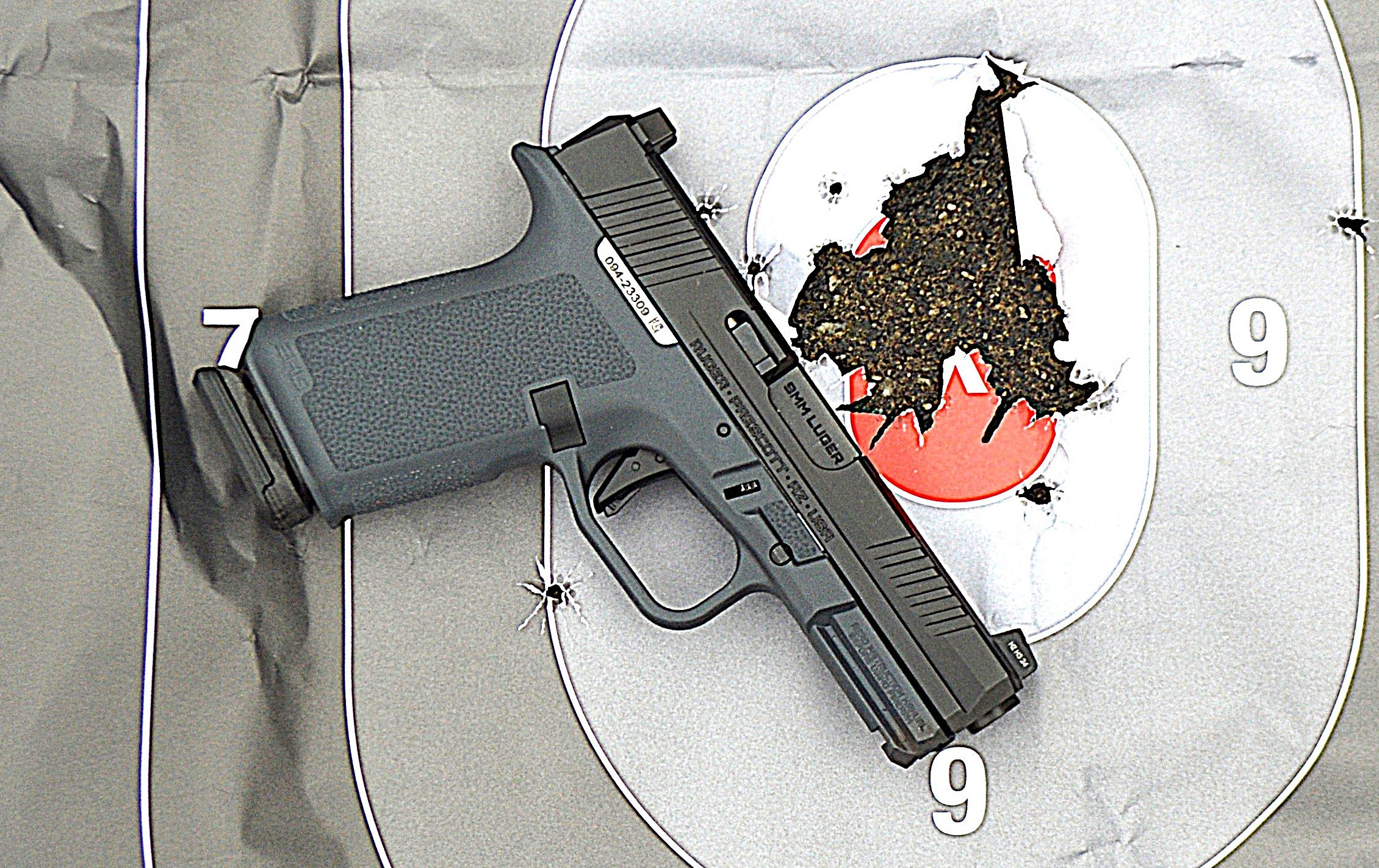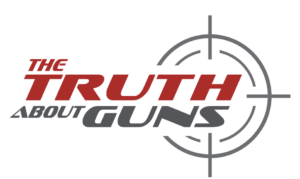
I swear the entire world thinks situational awareness is the most important element of self-defense. This list includes our friends at STRATFOR, who devoted an entire article to situational awareness’ central role for both individual and societal safety. Not unexpectedly, STRATFOR scribe Scott Stewart trotted out ye olde situational awareness color chart—for readers who don’t stop to wonder if a white (relaxed) to black (OMG OMG OMG) awareness scale is inherently racist. Like me, obviously. But I do wonder why gun gurus and self-defense experts fixate on situational awareness. Like this . . .
Clearly, few of us are living in the type of intense threat environment currently found in places like Mogadishu, Juarez or Kandahar. Nonetheless, average citizens all over the world face many different kinds of threats from a variety of criminal actors on a daily basis, from common thieves and assailants to militants planning terrorist attacks. Situational awareness can and does help individuals protect themselves in any environment. When practiced corporately, it can also prevent terrorist acts intended to shock and destabilize an entire society.
At the risk of being labeled a hopeless pedant, situational awareness doesn’t prevent a terrorist attack. Nor does it protect you from attack. To avoid death and dismemberment, you have to actually DO something when the threat is perceived. Whether that’s phone it in, shoot someone or run away like Tom Cruise in [pick a movie].
Ah, run away! Avoidance. Who doesn’t love avoidance? Gun gurus preach avoidance like Baptist ministers tout fidelity. If you don’t have a gunfight or sleep with your secretary (or have a gunfight with your secretary), chances are you’ll get off scott free. Which is not to say that trained armed citizens live in Dred [sic]. Just that they reckon early threat detection is THE key to survival.
It’s that OODA loop thing. Observe, Orient, Decide, Act. If you’re situationally aware, if you’ve got your OODA loop up and running, you have a better chance of emerging from a violent or potentially violent encounter ahead of the game (or whatever crew 50 Cent is hanging out with these days). If your enemy’s OODA loop is already up and running before yours when an attack occurs, that’s a gurney full of not good.
In theory. In practice, two things. First, you think bad guys are stupid? Well, OK, they are (otherwise they’d be working for the government by now). But in a low animal cunning sort of way, they’re plenty damn smart. Bad guys know that a surprise attack is their best offense. And if you think your situational awareness will never let you down, B.A. Baracus has a message for you: fool.
Note: I’m not saying that you shouldn’t have situational awareness. You should. But–
Trusting in the supremacy of situational awareness can make you over-confident. The bad guys can’t sneak up on me because I’m looking for them. And then BAM! The bastards take you by surprise. You’ve been knocked for six and you’re so far behind on your OODA loop that it looks like that endless stretch of desert road they use in horror movies.
Equally, you can detect trouble and then what? What if you can’t avoid or escape? How fast can you switch from situational awareness to combat ready to combat? As mentioned above, are you ready if events conspire to eliminate the first of that three-part sequence?
To survive a violent encounter you may have to go from rest to death match in the blink of an eye. People who focus all their energy on threat detection are only seeing half the picture. Sure, odds are that an early ping on your self-defense radar will forestall most trouble. But not all.
Bottom line: you really need to place equal emphasis on the fighting part of the program. As I mentioned before, Krav Maga. Force-on-force training. Run around your house with a blue gun like a blue assed fly. But, above all, be born with mental toughness. Or, if you weren’t, reborn. As they say on that interminable teenage soap opera, whatever it takes. Woo-hoo.







Situational awareness is only one (albeit important) part of the survival equation. Though you do have to admit that Condition White does work for most of the people most of the time. And therein lies the rub. Something sort of along the lines of if it works, don’t fix it. Most people blissfully stumble through life with scarcely a care in the world and that experience reinforces their perception that “it’s not going to happen to me”, if they even think about “it” happening to them at all. How does one go about changing that? I wish that I knew the answer, but I suspect that the real answer lies somewhere along the lines of classical Darwinism.
Yes. Yes it does. When terrorist attacks, home invasions, muggings, car-jacking, riots. etc. start hitting close to home, people tool up. As they have a right to do in this great country of ours. Before that, meh. Why bother? They don’t call it blissful ignorance for nothing.
Or, in the case of the Sinaloa cartel, BOTH!
That picture is outstanding.
I am happy to see the woman in the camo had the awareness to sneak up on that oblivious bad guy. I also like that she is very PC in that she isn’t going to shoot him. After all, guns are bad, m’kay?
HA HA! There goes Momma Cujo again, terrifying the neighbors with her Kabar! Every time she watches Rambo, First Blood or The Hunted…
Life is a crapshoot.
True, but that doesn’t mean you can’t skew the odds a little.
I think the perceived recent emphasis on Situational Awareness is merely balancing the historic and even current emphasis on the tools of self-defense, whether it be H2H or armed defense. Certainly a preponderance of the information out there (articles, books, videos, etc.) are about the TOOLS of self-defense. And, let’s face it… it’s just plain sexy and fun to talk about the tools.
As someone said, “owning a gun does not make you armed any more than owning a piano makes you a musician.” Or something like that.
SA is the FIRST part of being in a position to defend yourself. So, is it the most important? Well, the FIRST step of any process could also be labeled as the “most important.” But, if we are to give the various factors at work in self-defense a weighted hierarchy, I’d say it’s EQUAL. Without SA, the rest (knowing how to fight) may not matter. But, WITH SA, the rest matters a LOT.
I think your comment about being “born with mental toughness” is key. The key is to settle in your mind what you can and WILL do to save your hide when the SHTF. Some people certainly do not possess the will to fight or even survive. They are seemingly content to accept their “fate” as inevitable. They don’t want to be “one of THOSE (paranoid) people.” They value a politically-correct or pseudo-morally superior position over their own ability to stay above ground and breathe air another day.
Others harbor a strong survival instinct (not dulled by political correctness) and will not go gently into that good night. The shear will to survive is a major factor in doing just that… surviving. Then taking time and expending energy to learn and practice the mechanics of self-defense and survival is the next step.
None is more important than the other. They are all pieces of the puzzle.
I completed the Personal Protection inside the Home instructor course with Henri today, and he stressed many of the fine points that you just made. You can go down the street fully aware of everyone around you, and you can still get jacked before you can say BOO. It’s best to be as aware as possible of your what’s around you, but that doesn’t mean that you’ll always come out on top. This course was only about defense in the home which you may think would be pretty easy, but if the BG gets the drop on you you’re in for a big surprise no matter how prepared you may be. The elimate of surprise is a major advantage to the BG, and you’ll have little to no time to react.
I prefer my own CMYK color model.
Situational awareness is about your actions and those of the people around you, and “tagging” the people you become aware of is the first step to building a response.
“Threat” doesn’t only mean “hostile”: it can just as easily be (and in fact is statistically more likely to be) a person who is simply unaware of their surroundings while, say, in control of a firearm or car.
I mentally label the people I see as Blue, Yellow, Pink, or Black.
Blue is harmless and self-aware. They get the least attention.
Yellow is unpredictable but non-hostile. These are the people most likely to kill or injure you or themselves, through their recklessness and your inability to respond.
Pink is threatening or potentially threatening (like the woman in the OP photo!)
Black is the focus of your current action. The toddler serving their trike in front of you, the drunk driver who doesn’t notice you at the crosswalk, or a mugger.
Since it uses a color model, the shades can blend together. Belligerent drunks are red (yellow+pink), for example.
Stay aware of the people around you (including behind you!), and all of your responses will be faster and better prepared.
Remember, just cause we’re PARANOID, doesn’t mean they’re not after US. No, I’m currently not wharing my tin foil hat. However having an idea of what is around you or were you will be adds too your survival tool kit. When I get my crystal ball back from the repair shop I’ll know everything that’s coming.